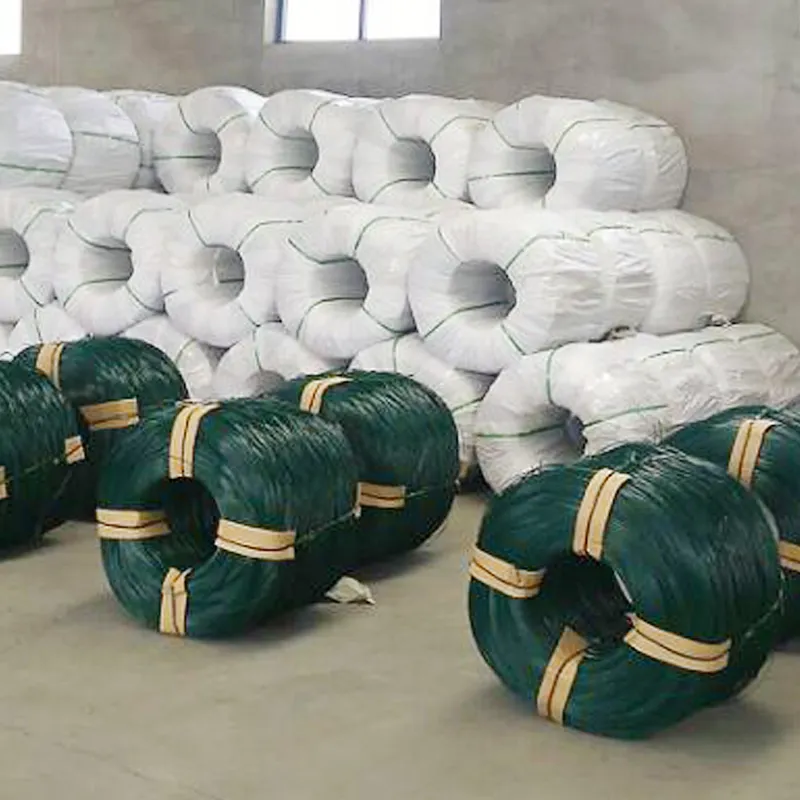Backlit Perforated Metal Panels A Fusion of Art and Functionality
In the realm of architectural design and contemporary aesthetics, backlit perforated metal panels have emerged as a captivating solution that harmoniously blends functionality with artistic expression. These panels, made from metal sheets with carefully designed holes and illuminated from behind, offer a unique approach to light interaction, spatial dynamics, and visual storytelling.
The Artistic Appeal
Backlit perforated metal panels are much more than functional building components; they serve as canvases for creativity. The perforation patterns can be customized to feature intricate designs, logos, or even larger images. This versatility allows architects and designers to create striking visual elements that enhance both the interior and exterior of buildings. When illuminated, these panels create mesmerizing patterns of light and shadow, transforming ordinary spaces into extraordinary experiences.
One of the most compelling aspects of backlit perforated metal panels is their ability to play with light. The depth and distribution of the perforations can be tailored to produce various effects, ranging from soft, diffused light to stark, dramatic contrasts. Whether used in storefronts, art installations, or public infrastructure, the interplay of light and shadow captivates viewers, inviting them to engage more deeply with the environment.
Versatility in Applications
The applications of backlit perforated metal panels are extensive, spanning a wide array of industries. In architecture, they are commonly used for facades, sunshades, and partition walls. Their ability to provide privacy while still allowing light to filter through makes them ideal for office spaces and commercial establishments.
In urban landscapes, these panels serve functional purposes, such as providing windbreaks, noise barriers, and safety screens, all while maintaining an aesthetically pleasing appearance. Civic buildings often utilize backlit perforated metal as a form of civic art, creating installations that reflect cultural identity and community values.
Furthermore, the panels are increasingly popular in interior design. From retail spaces to hospitality venues, backlit metal panels add a modern edge that resonates with contemporary tastes. They can be employed in ceilings, walls, and even furniture, creating focal points that draw the eye and stimulate conversation.
backlit perforated metal panel

Sustainability and Durability
Aside from their artistic value, backlit perforated metal panels are particularly favorable for sustainable building practices. Metal, especially aluminum and steel, is highly recyclable, which contributes to reducing the environmental impact of construction materials. The panels can be manufactured using eco-friendly processes, and their longevity ensures they do not contribute significantly to waste streams in the future.
These panels are designed to withstand weather elements, ensuring their durability for both indoor and outdoor applications. Unlike traditional materials that may fade, deteriorate, or require frequent maintenance, well-produced perforated metal panels remain visually appealing over time with minimal upkeep. This aspect contributes to their cost-effectiveness in the long run, as building owners can save on replacement and maintenance costs.
The Future of Backlit Perforated Metal Panels
As technology continues to advance, the potential for backlit perforated metal panels expands even further. Innovations in LED lighting, for instance, allow for energy-efficient illumination options that can be seamlessly integrated into the design. Control systems can adjust light intensity or color based on the time of day or specific events, providing dynamic visual experiences that change throughout the day.
Moreover, the trend towards smart buildings is influencing the integration of these panels with digital technology. Sensors and responsive systems can create interactive environments where the panels not only illuminate but also react to the presence or movements of individuals. This kind of interactivity not only enhances engagement but also fosters a deeper connection between the space and its users.
Conclusion
Backlit perforated metal panels represent a beautiful fusion of art and functionality in modern architecture and design. Their versatility allows for creative expressions while ensuring practical benefits in terms of sustainability, durability, and application. As this design trend continues to evolve, we are likely to see even more innovative uses that challenge our perceptions of how light, space, and materials interact within our urban environments. With their ability to tell stories and enhance experiences, backlit perforated metal panels are poised to shape the future of design in exciting and unexpected ways.

















